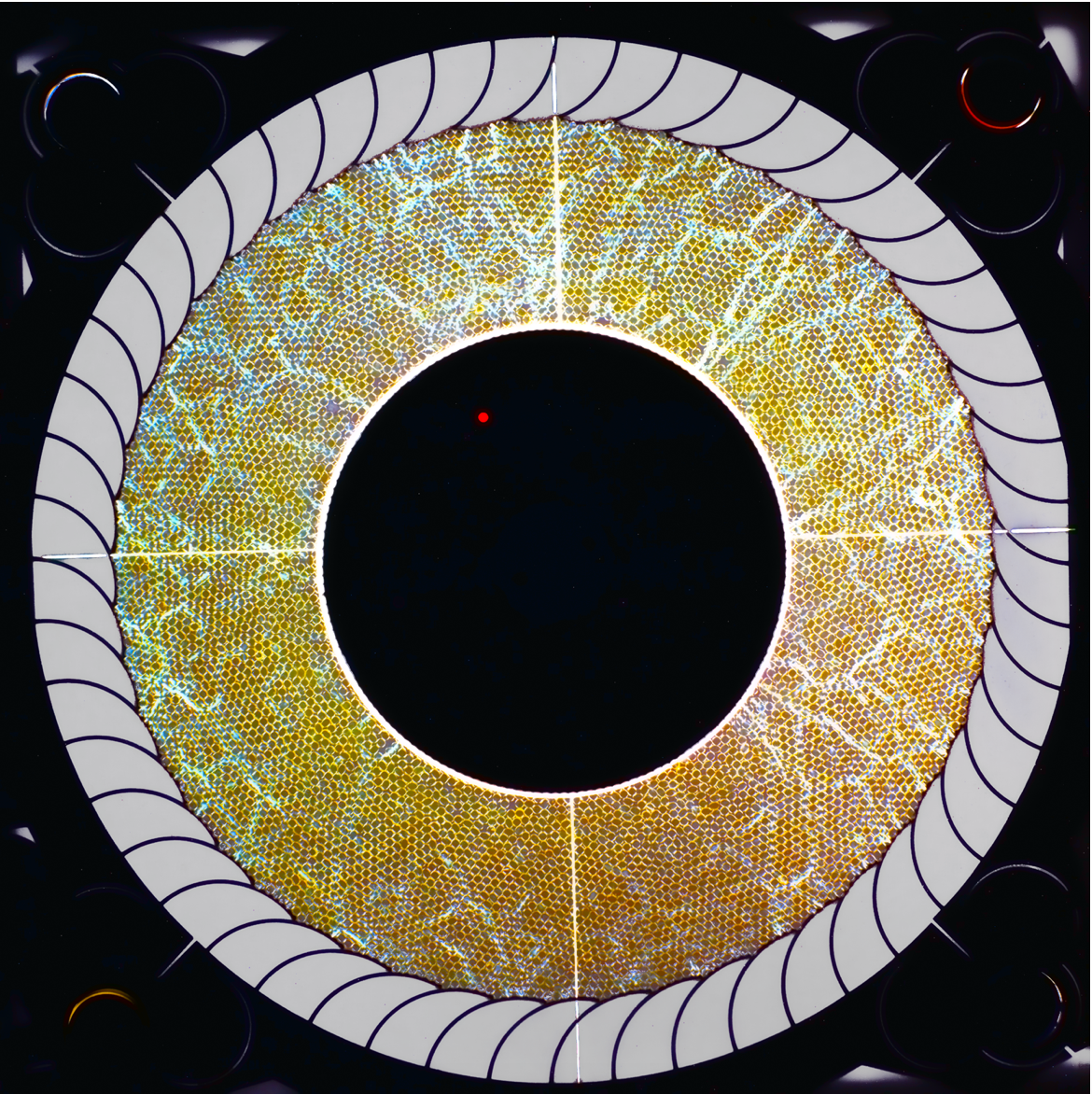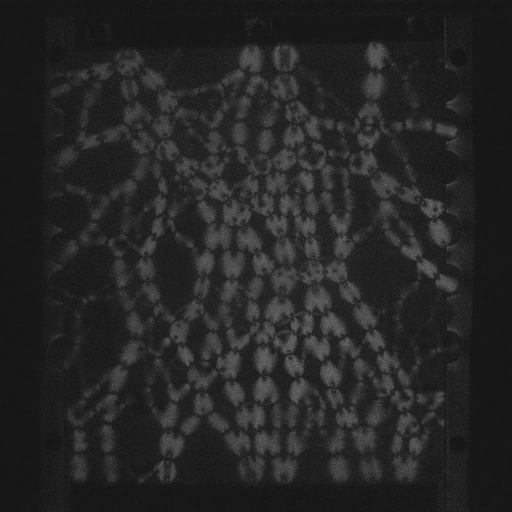Granular Materials

- Annular shear cell with leaf spring boundary
The flow of dense granular materials at low inertial numbers cannot be fully characterized by local rheological models; several nonlocal rheologies have recently been developed to address these shortcomings. To test the efficacy of these models, we perform experiments in a quasi-2D annular shear cell with a fixed outer wall and a rotating inner wall, using photoelastic particles. The apparatus is designed to measure boundary stresses laser-cut leaf springs around the outer boundary. Current researchers: Zhu Tang
- Zhu Tang, Theodore A. Brzinski, and Karen E. Daniels. “Granular rheology: measuring boundary forces with laser-cut leaf springs.” Powders & Grains 2017 EPJ Web of Conferences 140, 03035 (2017) [Link] [PDF]
- Zhu Tang, Theodore A. Brzinski, Michael Shearer, and Karen E. Daniels. “Nonlocal rheology of dense granular flow in annular shear experiments.” 14, 3040-3048 (2018).[Link] [PDF]
We are investigating how to apply the notion of statistical ensembles to granular material, even though these systems (unlike ordinary materials) are athermal. Because the interactions between grains are both frictional and dissipative, the fundamental postulates of equilibrium statistical mechanics are invalid. Nonetheless, we find that granular materials exhibit distributions of microscopic quantities that are reproducible and often depend on only a few macroscopic parameters. Recent researchers: Ephraim Bililign, Jonathan Kollmer
- James G. Puckett and Karen E. Daniels. “Equilibrating temperaturelike variables in jammed granular subsystems.” Physical Review Letters 110: 058001 (2013) [Link] [PDF] [APS Synopsis]
- Dapeng Bi, Silke Henkes, Karen E. Daniels, Bulbul Chakraborty. “The Statistical Physics of Athermal Materials.” Annual Review of Condensed Matter Physics 6: 63-83 (2015) [Link] [PDF]
- Ephraim S. Bililign, Jonathan E. Kollmer, Karen E. Daniels. “Protocol-Dependence and State Variables in the Force-Moment Ensemble.” [arXiv]

- High-speed movie of a rarefaction wave in a photoelastic granular material
Many of our granular experiments use photoelastic particles, allowing us to visualize internal stresses. In the picture at left, particles with many light-colored fringes are those carrying higher force. In some cases, we perform a semi-quantitative analysis to reveal the dynamics under loading or sound propagation. Where needed, we analyze each particles pattern of fringes to determine the vector forces present at each interparticle contact. The paper below provides a summary of how these methods work from both a practical standpoint (materials, lighting considerations), as well the underlying optics. Current researchers: Clayton Kirberger, Jonathan Kollmer